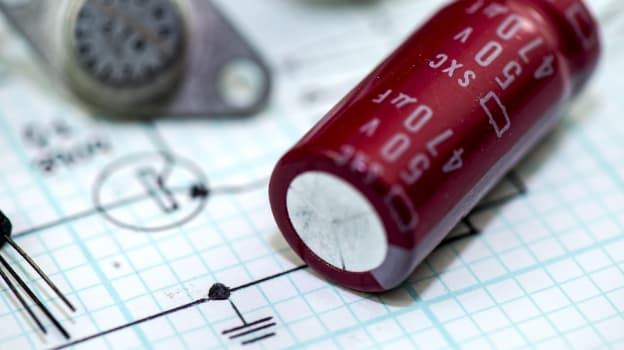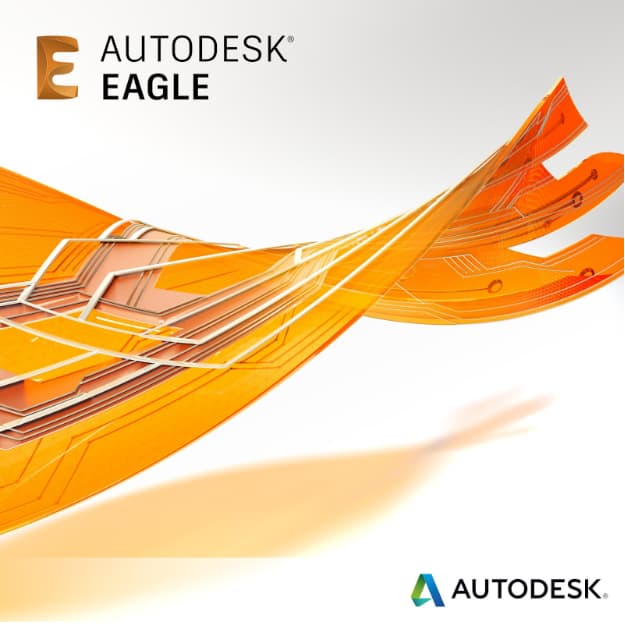& Construction

Integrated BIM tools, including Revit, AutoCAD, and Civil 3D
& Manufacturing

Professional CAD/CAM tools built on Inventor and AutoCAD
2 min read
Good PCB design software is like a good barbecue. Sure, mediocre software will produce results, but they may suffer in the long run. There’s great variety to be had, and the really exceptional stuff stands out. The food cooked on a lesser barbecue isn’t going to go uneaten, but it may be chosen last. Like barbecue grills, schematic design software comes in all shapes and sizes, meant to appeal to all sorts of people. Ultimately, though, there’s a definite line between good and bad, no matter who you are.
A good grill master knows his tools, just like the engineer. And, just like grilling technology, the engineer’s tools have come a long way.
The Early Days

Schematic design software is the cornerstone in most large engineering projects, and engineers have been using computer software to help their process for years, the specialized symbols and layout making the project simpler for everyone involved. Before, schematic designs were done by hand, with the aid of templates or pre-printed symbols that could stick to a piece of paper. While large shops with more advanced technology utilized drawings as well as geometric software, which generated tapes for the Gerber photoplotter, transferring from electronics to graphics was done by hand.
In the 1970s, design was in the early stages of automation, and placement and route tools were developed. By 1980, chip design had significantly increased in complexity alongside tools that were capable of logic simulation.
Until the 1980s, schematics were the only formal representation of circuits, though the development of highly specialized computer languages has introduced other representations. Schematic entry tools are now integrated into entire IC flows.
Currently, CAD software is almost exclusively used, though the foundations were established from the beginning—a desired behavior communicated via textual programming language with tools that later assisted in providing a comprehensive physical design.
A Modern Take

Unsurprisingly, the first schematic design tools were produced in academic settings, and versions of some early programs still exist today. A group of universities founded MOSIS, which trained students designing chips by producing real ICs.
While large electronic companies had been working on software for years, 1981 brought with it a commercialization of the tools engineers would need. The U.S. Department of Defense funded the development of VHDL, a hardware description language that kicked off the development of other languages and then back-ends capable of logic synthesis.
As semiconductor technology has developed, the assortment of tools available has increased—everything from basic free software to expensive, comprehensive programs.
A Tool for Many Hats

So what is it exactly that makes a great tool? For most engineers, a good schematic tool is efficient, effective, and comprehensive from ECAD to MCAD. Today’s engineers wear many hats and communicate with teams across the world.
Tools like EAGLE offer a complete product development workflow, providing interoperability with Fusion 360 that provides function that is bidirectional for both electronic and mechanical design. Where simpler free tools allow for miscommunication, EAGLE ensures that all changes are accounted for at every step of the design process, leading to faster development and production times. Bobby Flay didn’t rise to Food Network stardom by relying on a campfire. Instead, he built a barbecue empire by using cool kitchen updates that offered efficient, easy grilling. For engineers, this means taking advantage of the latest and greatest the industry has to offer. Download Autodesk EAGLE today and start grilling!
By clicking subscribe, I agree to receive the Fusion newsletter and acknowledge the Autodesk Privacy Statement.
Success!
May we collect and use your data?
Learn more about the Third Party Services we use and our Privacy Statement.May we collect and use your data to tailor your experience?
Explore the benefits of a customized experience by managing your privacy settings for this site or visit our Privacy Statement to learn more about your options.